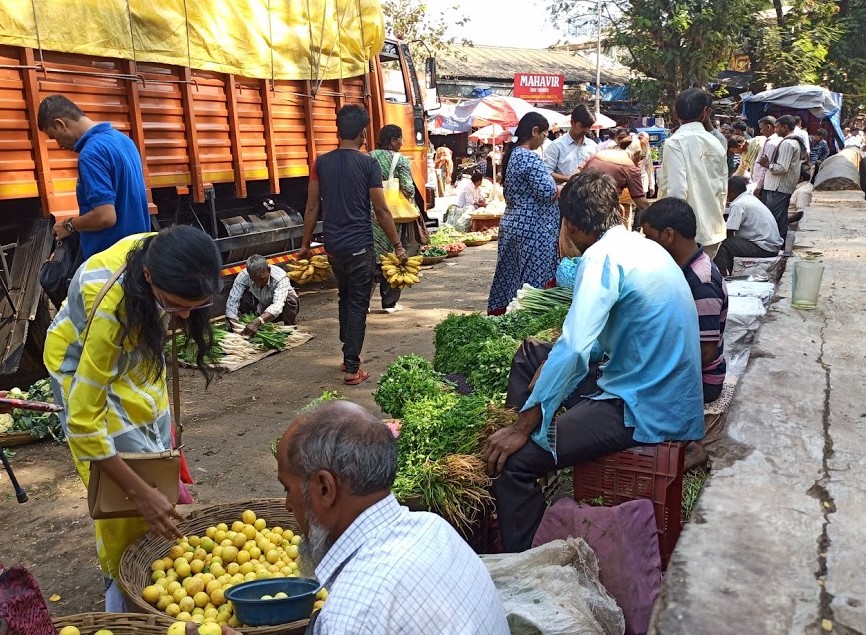The inflation wolf has grown in size, making it almost certain that the Reserve Bank of India (RBI) will counter it with more rate hikes in the coming days.
India’s retail inflation galloped to eight-year high of 7.79% in April, largely driven by rising fuel and food prices. The previous high was in May 2014 when the consumer price-based inflation hit 8.33%.
This is the fourth consecutive month that the CPI (consumer price index) inflation has breached the RBI’s upper tolerance limit of 6%. In the month of March, retail inflation was 6.95%.
Inflation in the food basket surged to 8.38% in April from 7.68% a month ago, government data showed on Thursday. This is an important piece of data as it accounts for nearly half the CPI basket. Globally, vegetable and cooking oil prices have gone up due to the Russia-Ukraine war.
Inflation in the 'oils and fats' category hit 17.28% in April. Ukraine, which is a major sunflower oil producer in the world, supplies the commodity to India. Ukraine is also a key supplier of fertiliser to India.
Vegetables recorded an inflation print of 15.41% in April, up from 11.64% in the previous month.
In the 'fuel and light' category, inflation stood at 10.80%, up from 7.52% in March. As India imports 80% of its oil needs, this could push up the country's trade and current account deficit. The rupee is also feeling the impact, which in turn is going to fuel imported inflation.
Last week, RBI Governor Shaktikanta Das said the hike in repo and cash reserve ratio (CRR) was aimed at reining in elevated inflation amid the global turbulence in the wake of the war in Ukraine. The central bank raised the repo rate by 40 basis points to 4.40% and said CRR would increase by 50 basis points to 4.50% from 21 May.
The recent inflation data will intensify the pressure on the monetary policy committee (MPC) to aggressively frontload policy rate hikes, especially with no near-term respite seen on the supply side and geopolitical tensions.
“We expect another 90-110 bps of repo rate hike in CY2022, with 35-40 bps in the June policy. We also expect additional CRR hike of 50 bps in order to quickly streamline the monetary policy and liquidity stance. The inflation readings came in line with our expectations at elevated levels,” said Upasna Bhardwaj, senior economist at Kotak Mahindra Bank.
The descent from the elevated level will be a slow process. “While we expect April 2022 to have likely marked the peak for headline CPI inflation, the trajectory will witness a very slow descent, with all CY2022 readings likely to remain above 6%,” Upasana added.
The government has mandated the central bank to maintain retail inflation at 4% with a margin of 2% on either side for a five-year period ending March 2026.
“We expect RBI to raise repo rates by another 75 to 100 basis points in the remaining part of the fiscal,” rating agency Crisil said in its report. This move cannot bring down food or fuel inflation, but can help check its generalisation by curbing second-round effects. Fiscal policy, too, will need to pull its weight to control price rise, the report added.
The increase was broad-based across food, fuel and core inflation. “The momentum in core-CPI, which was already high and sticky throughout FY22, picked up strongly and also reflected the fuel price hikes. The inflation trajectory ahead is likely to be shaped by supply bottlenecks, elevated commodity prices, pickup in core-WPI, and pass-through to consumer prices but also by aggregate demand which remains lackluster,” said Sreejith Balasubramanian, Economist – Fund Management, IDFC AMC.
Rural inflation continued to outpace urban inflation for the fourth consecutive month and will add to the concerns on rural demand. Core inflation continues to increase and the April print around 7.3% will be a concern for policy formulation.
The market is concerned about inflation and the rising rates that the RBI is set to impose. Central banks around the world have also indicated future rate hikes to bring down inflation.

